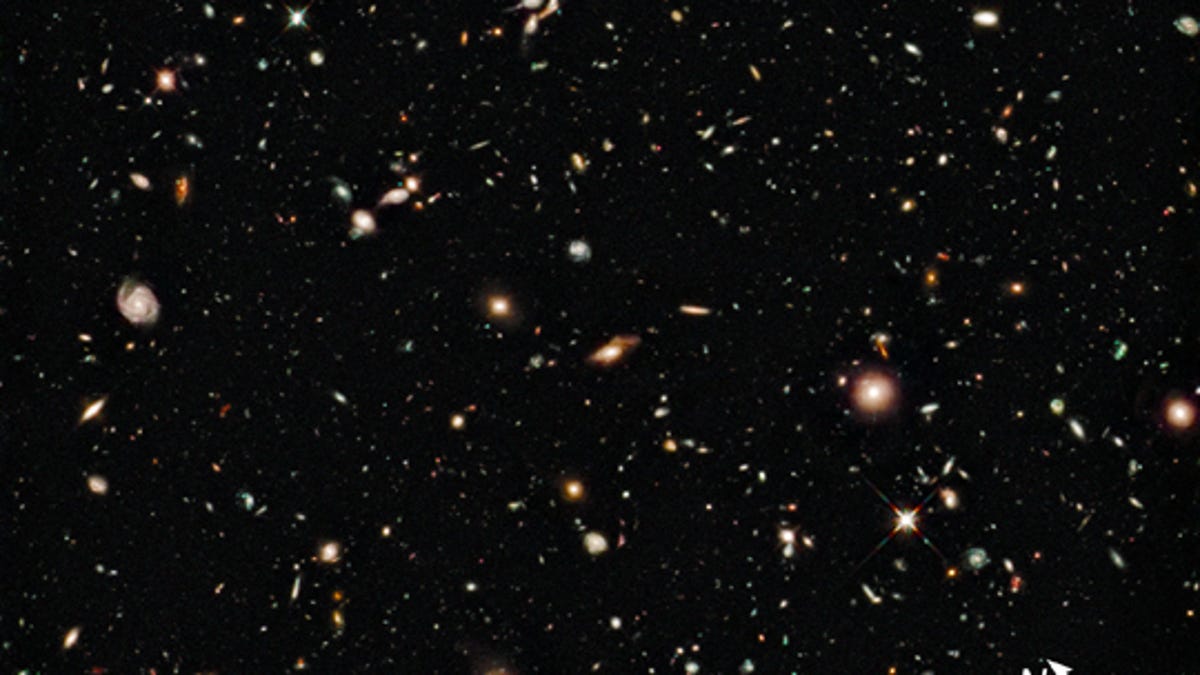Hubble peers deeper than ever into the universe
NASA announces that Hubble Space Telescope has gone where no other camera has gone before: 600 million years after the Big Bang.

The Hubble Space Telescope has taken the deepest near-infrared image of the universe in history, the National Aeronautics and Space Administration announced on Tuesday.
The image, which was taken in August by the "HUDF09" team, features galaxies that formed just 600 million years after the Big Bang. NASA said that not only are those the oldest galaxies ever seen, but the data that can be extracted from the image will provide "insights into how galaxies grew in their formative years early in the universe's history."
Hubble was able to capture such detail, thanks to the Wide Field Camera 3, which was installed earlier this year. The camera captures light from "near-infrared wavelengths," allowing it to peer deeper into the galaxy than its predecessors. "The light from very distant galaxies is stretched out of the ultraviolet and visible regions of the spectrum into near-infrared wavelengths by the expansion of the universe," NASA said.
Although the image might just look like a series of lights to the untrained eye, NASA said 12 scientific papers have already been submitted by those who studied the data contained in the image. It's entirely possible that this discovery will shed more light on galaxy formation and the universe's history.
But that Hubble shot is only the beginning. NASA wrote that the Hubble observations are "trailblazing a path for Hubble's successor, the James Webb Space Telescope, which will look even farther into the universe than Hubble, at infrared wavelengths." NASA said the James Webb Space Telescope should be launched in 2014.
Until then, we can feast our eyes on the astounding image returned from Hubble. Note the detail. Even more amazing: this image was taken of just a small slice of the universe. Imagine what else is out there.
If you'd like to learn a little more about Hubble's discovery, click here.

